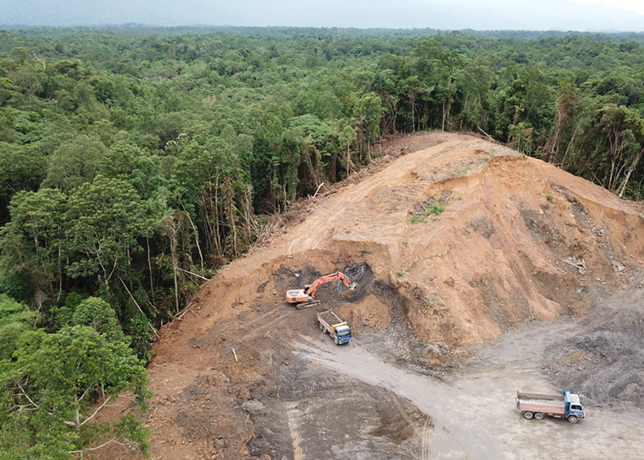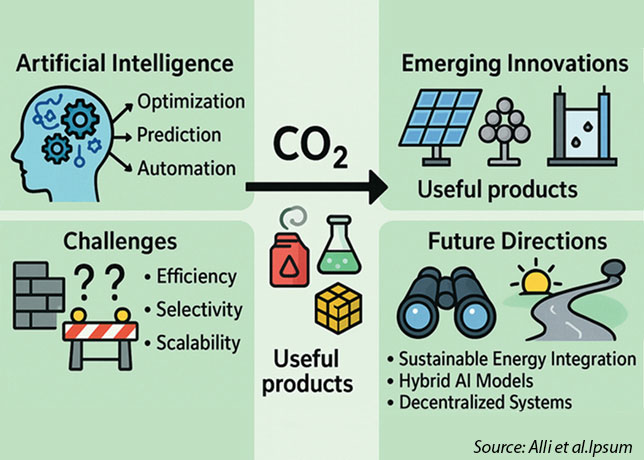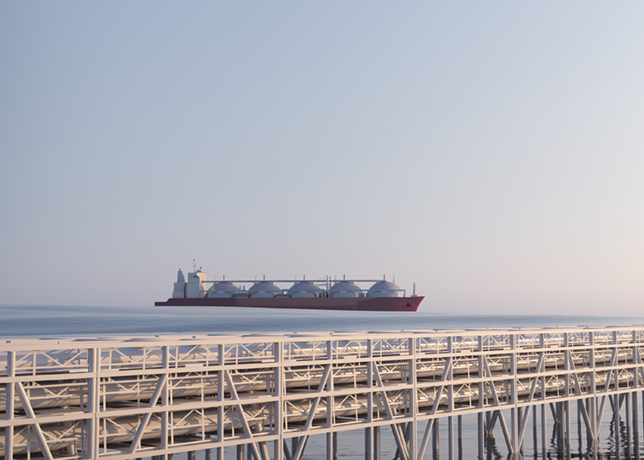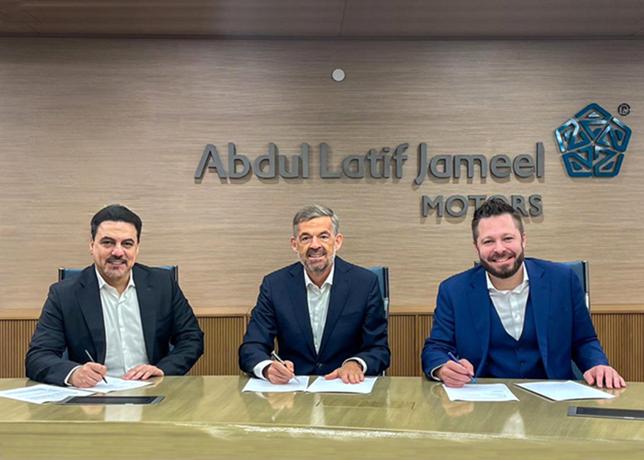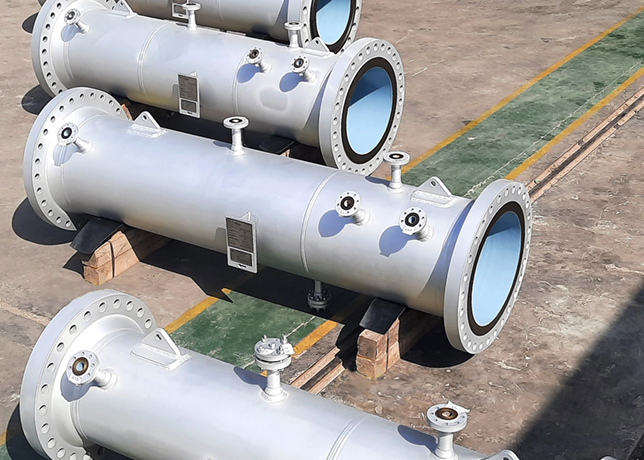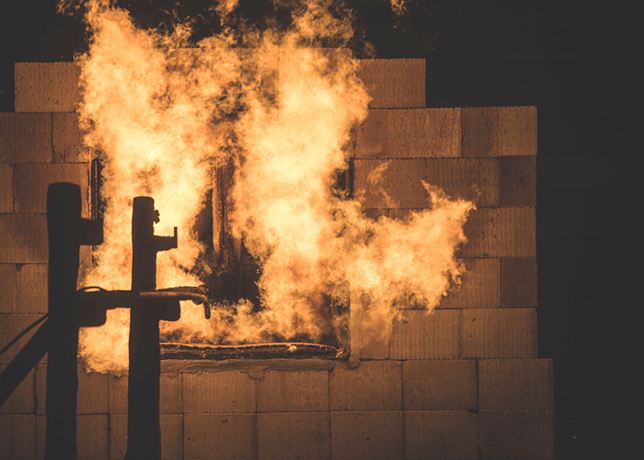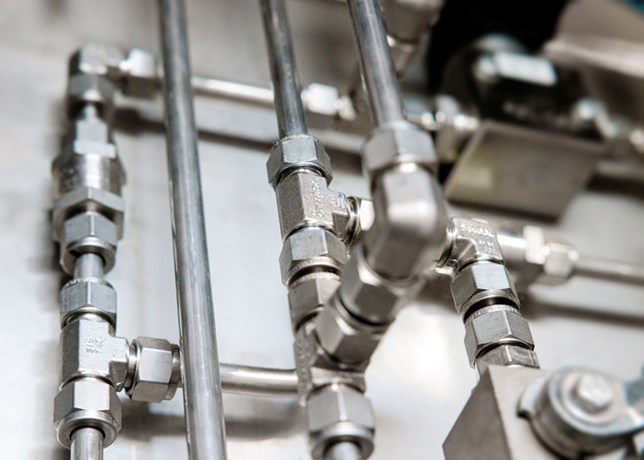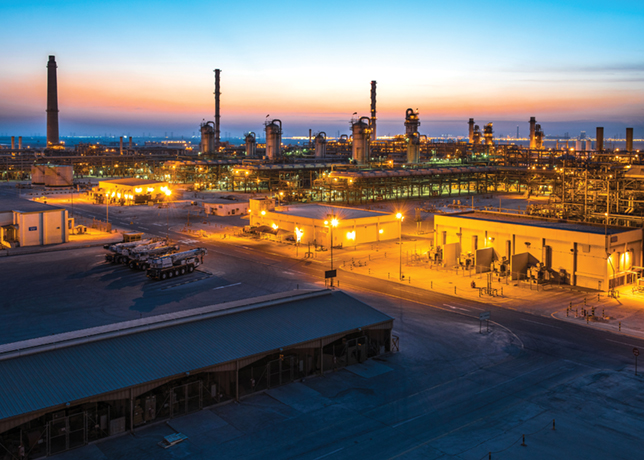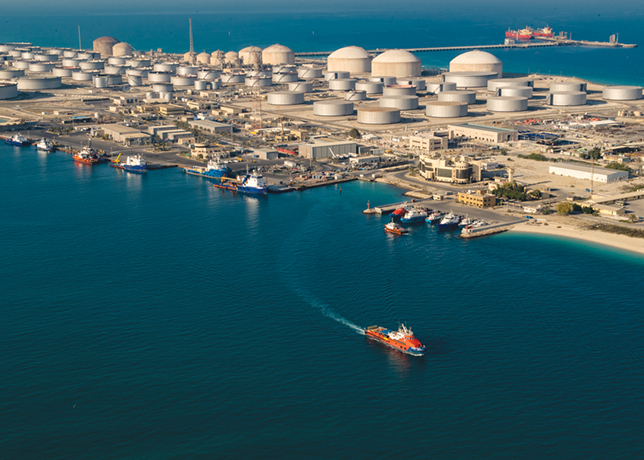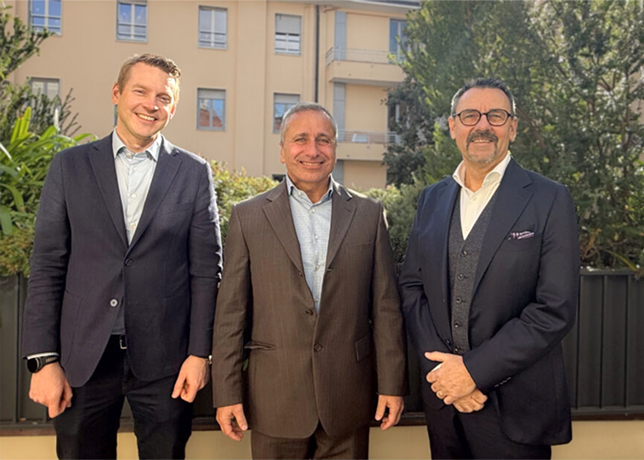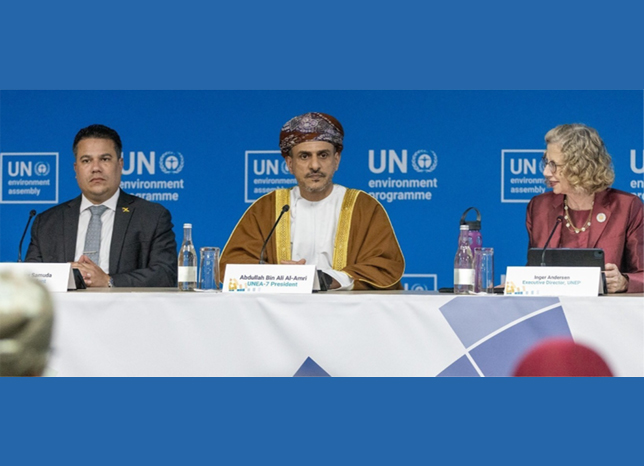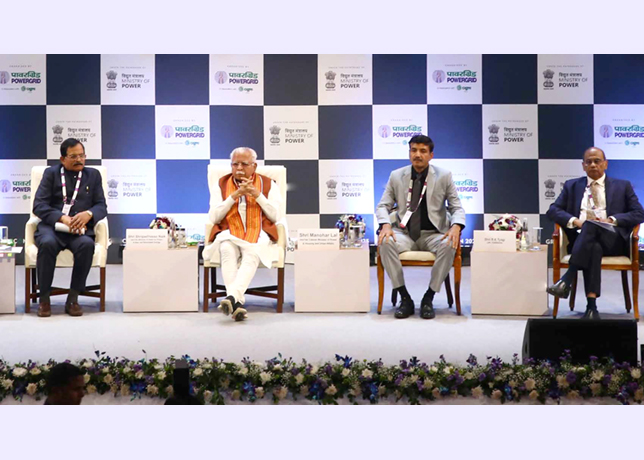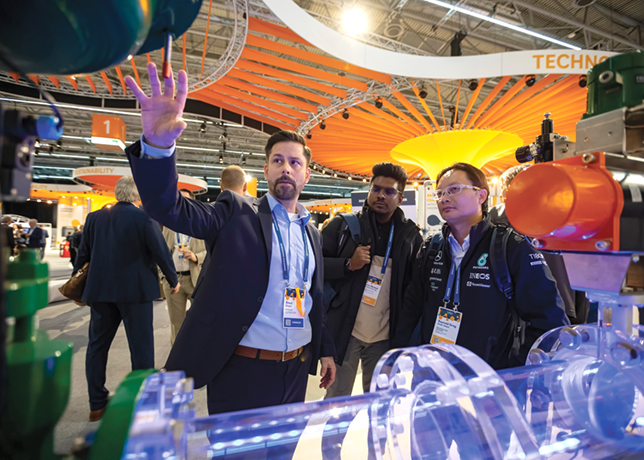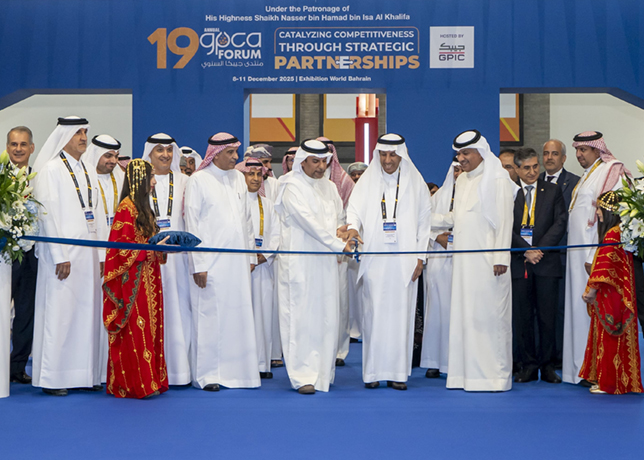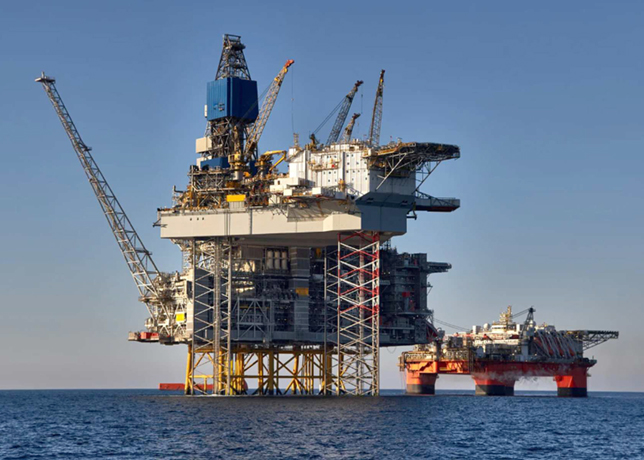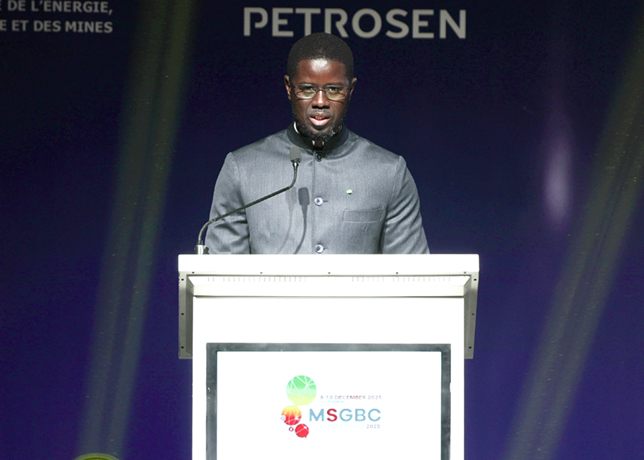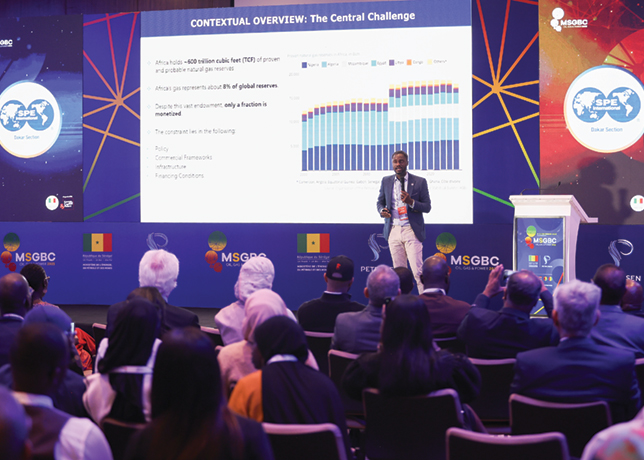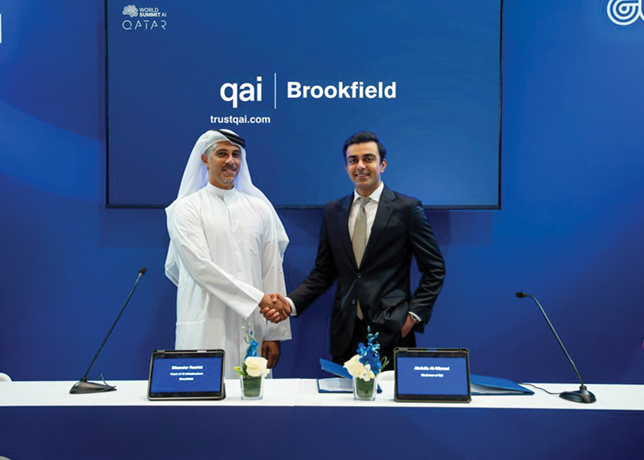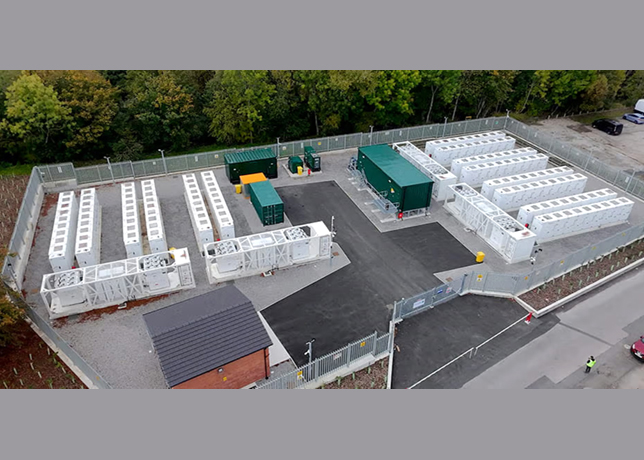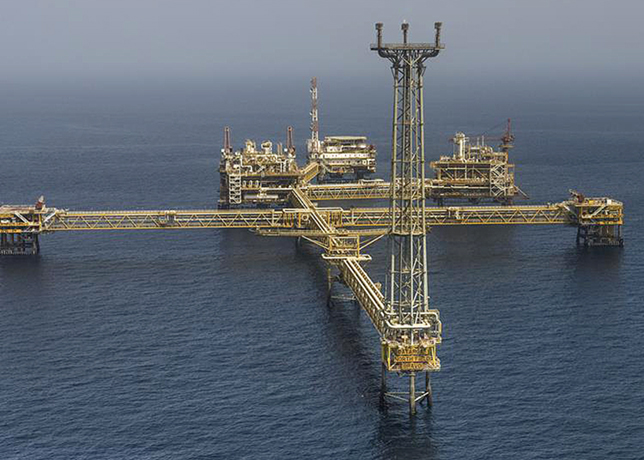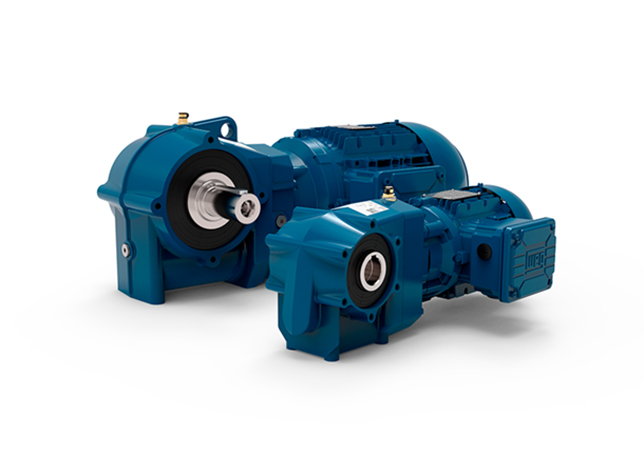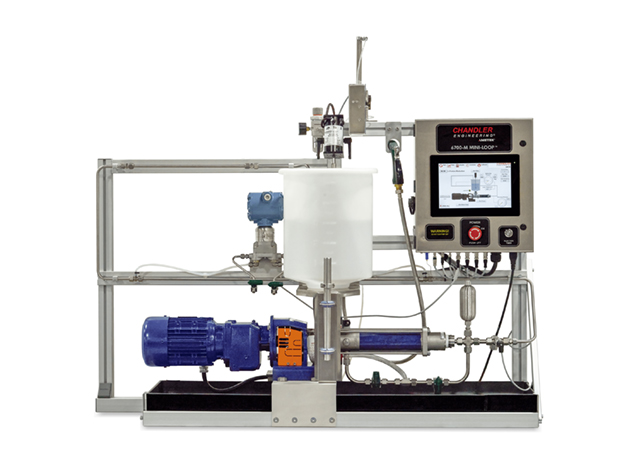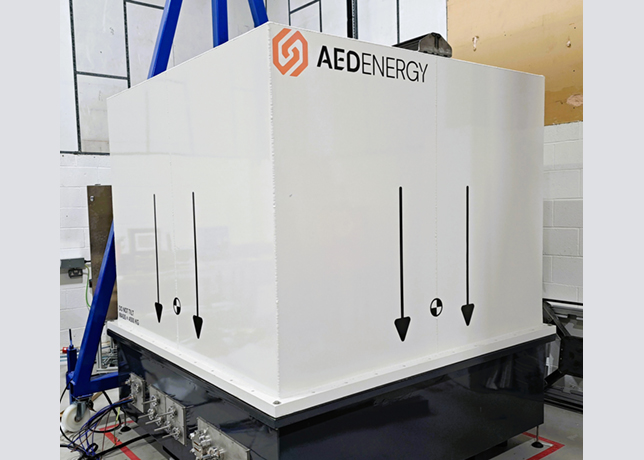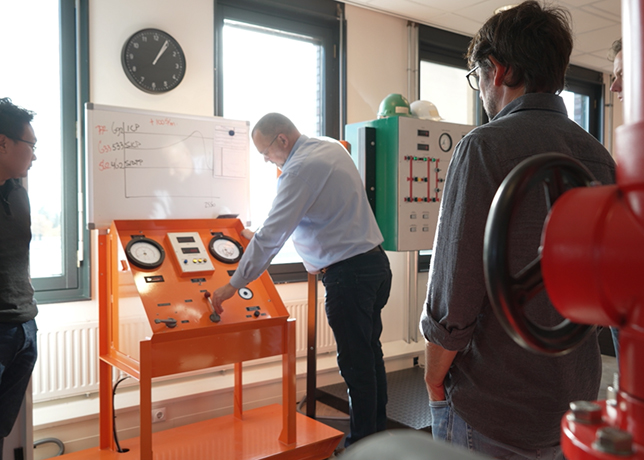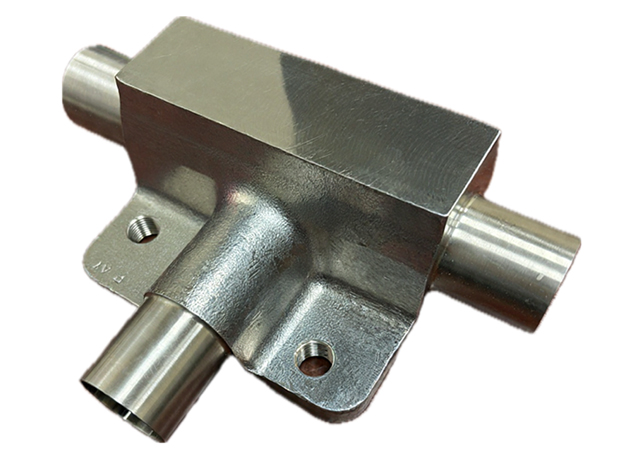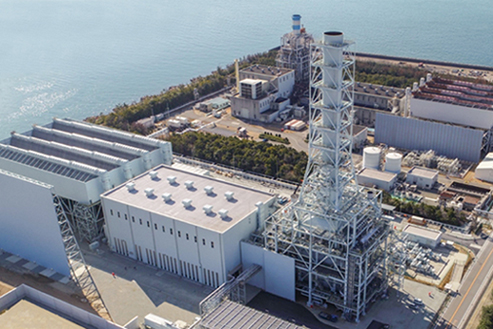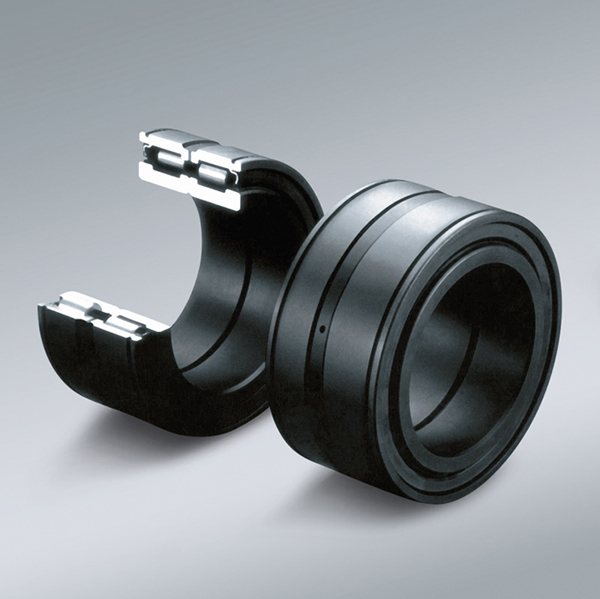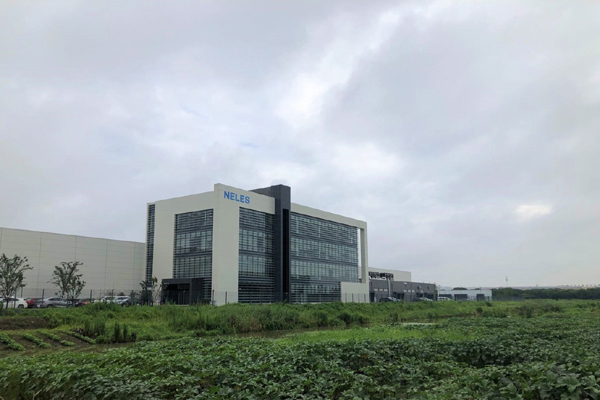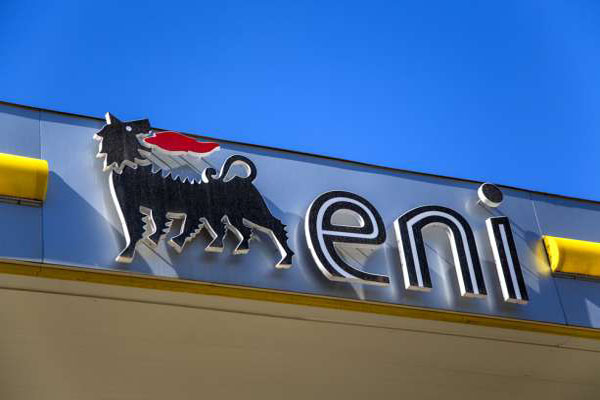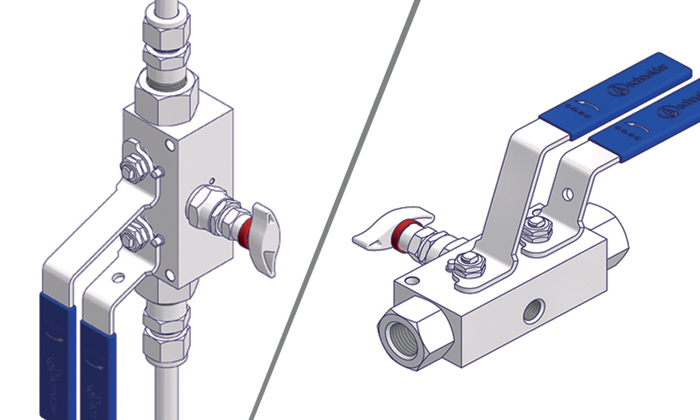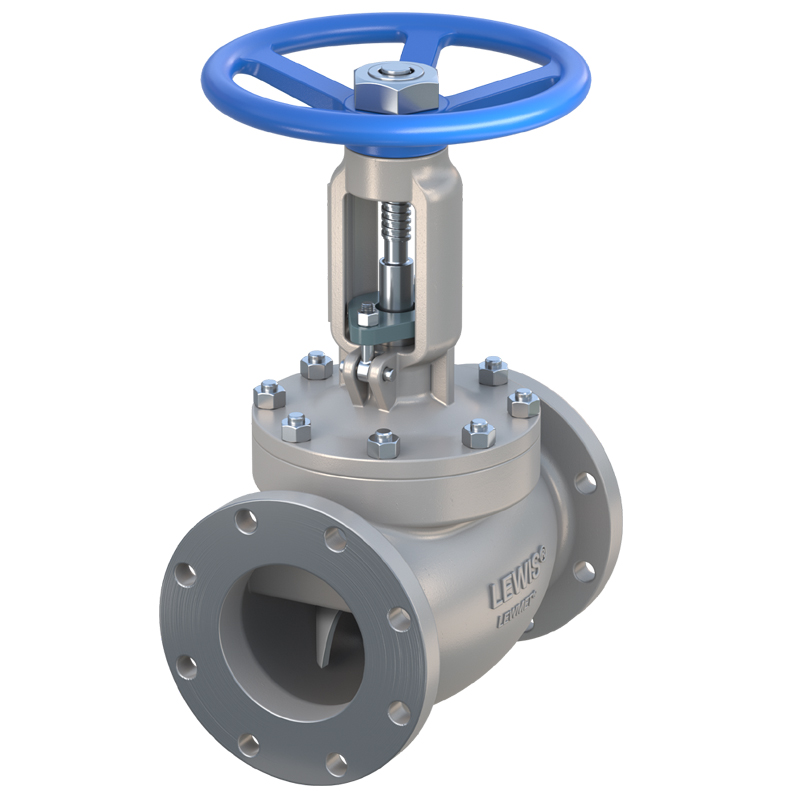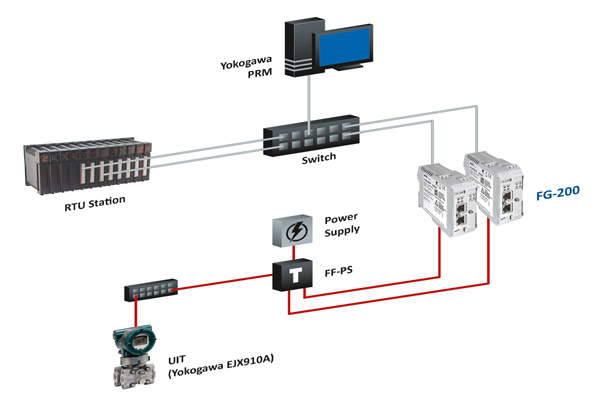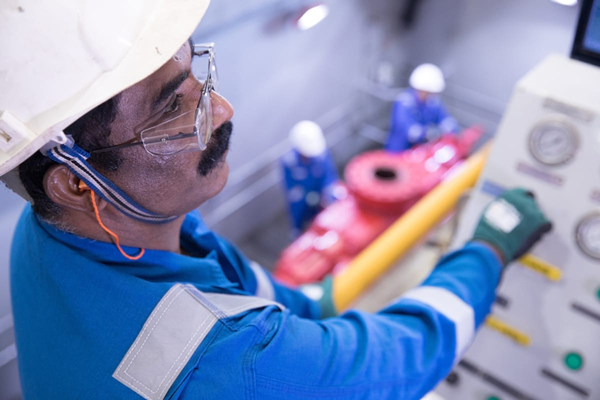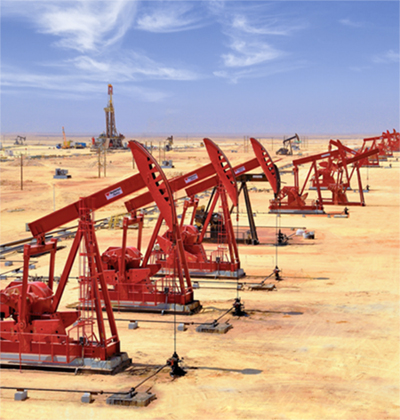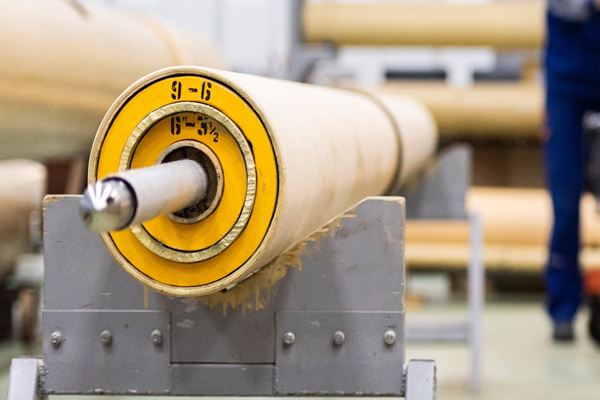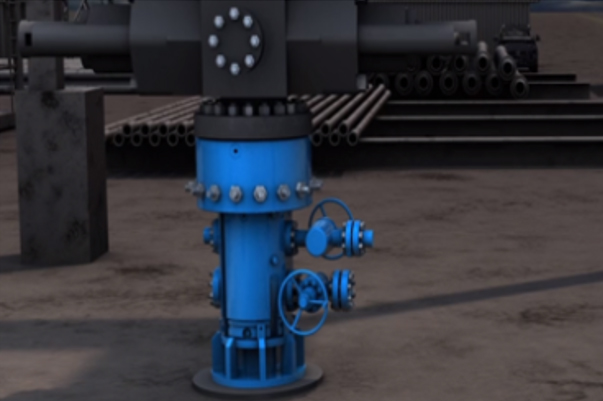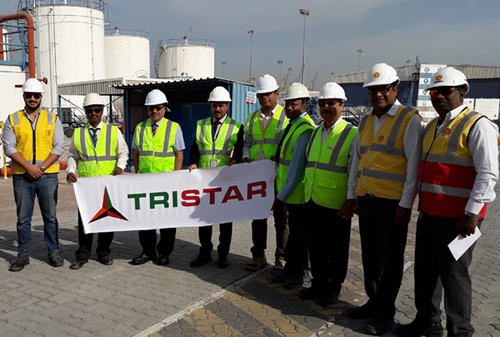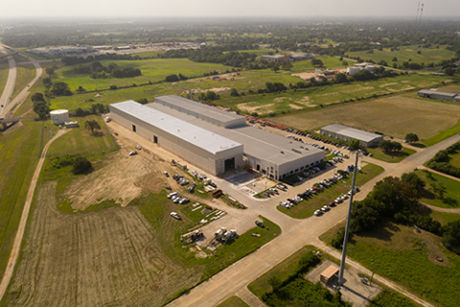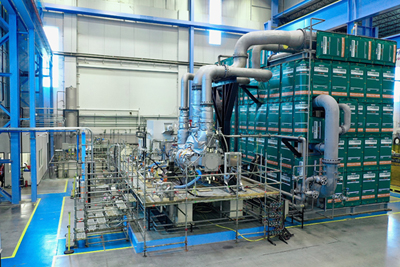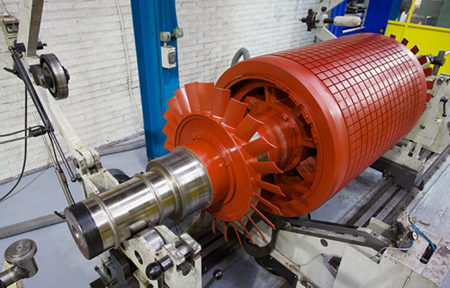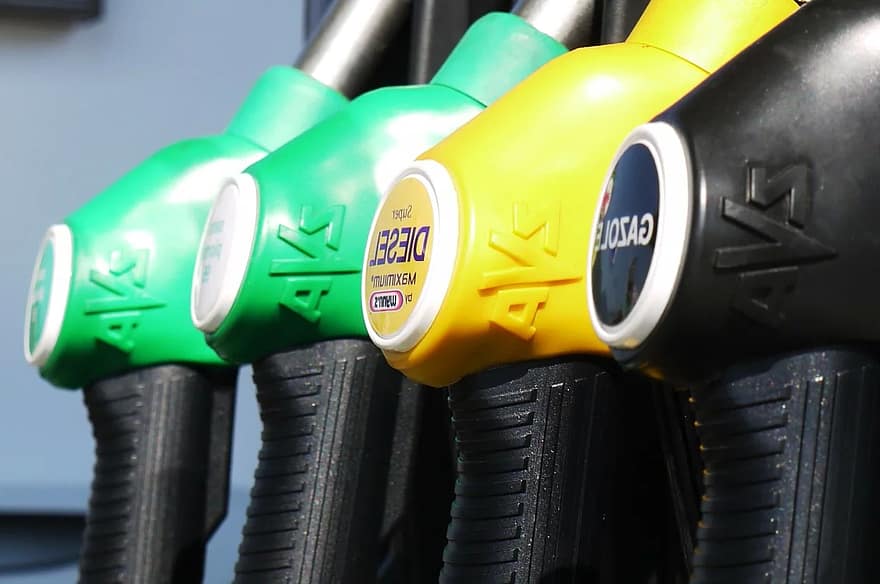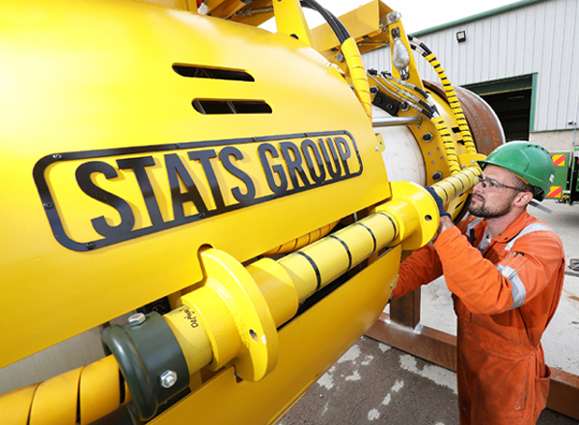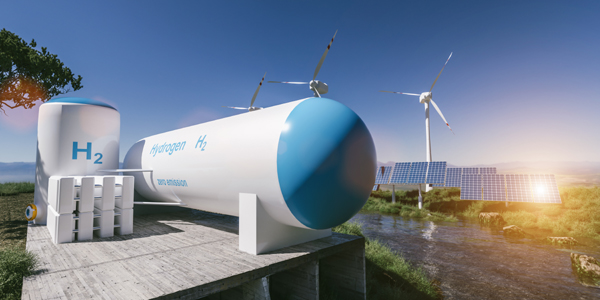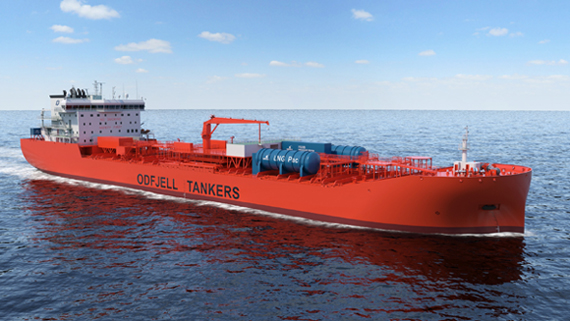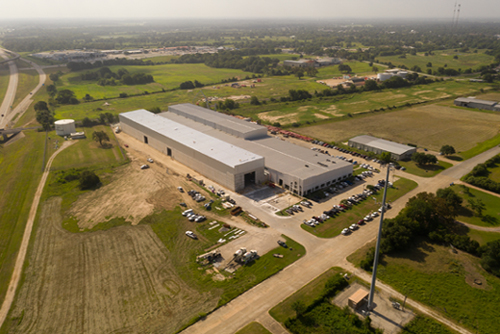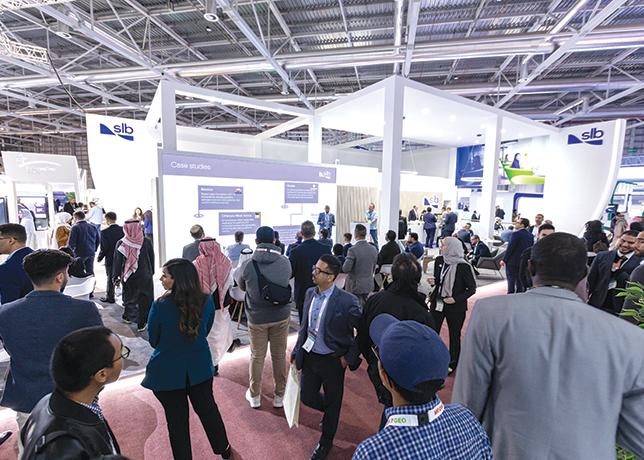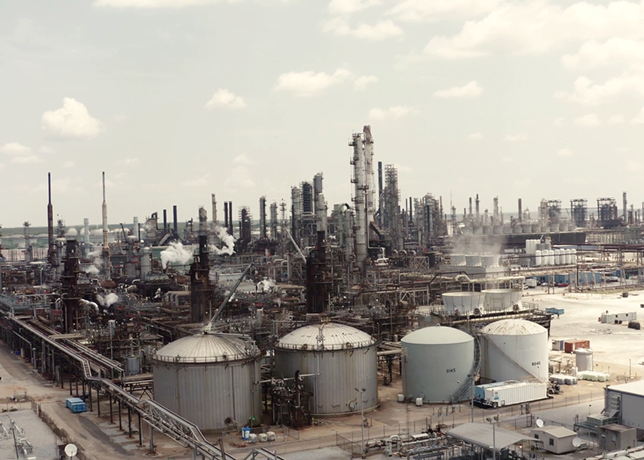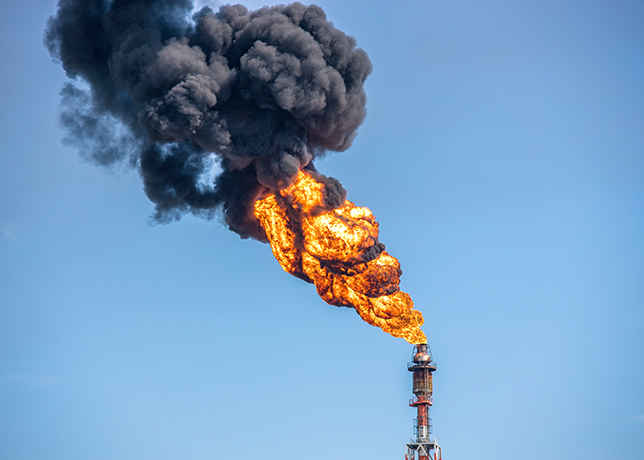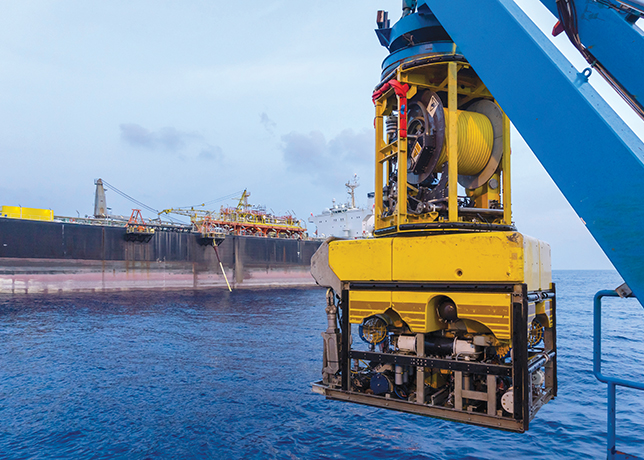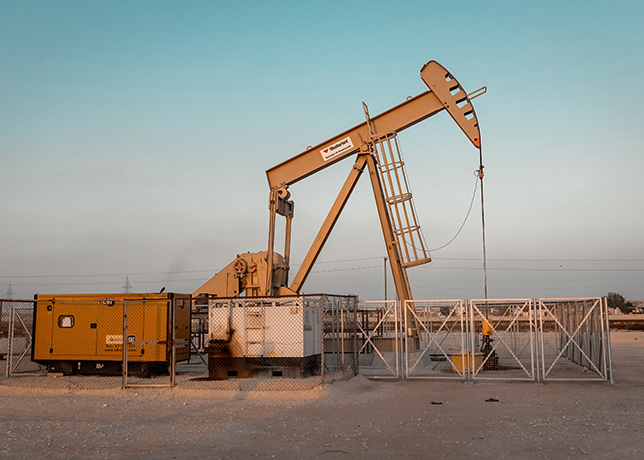
 Fortifying wells for the CO2 era is important
Fortifying wells for the CO2 era is important
New cement blends, additives, and diagnostic technologies are being tested to address the durability risks of wellbore cement in CO2-rich environments, especially in enhanced oil recovery applications
In an era when carbon capture, utilisation and storage (CCUS) and enhanced oil recovery (EOR) are critical to climate mitigation strategies, maintaining well integrity under aggressive CO2 rich downhole conditions has become paramount.
Recent advances in cement degradation research, combined with innovations in cement design, real time monitoring and operational frameworks, are reshaping how the energy industry ensures safe, durable zonal isolation in CCS, CCUS and CO2 EOR wells.
In their research, ‘A Comprehensive Review of Cement Degradation Analysis under Downhole Conditions: CCS/CCUS/CO2-EOR Applications’, Orkhan Mammadov and his team offer an understanding of cement failure mechanisms in CO2 injection wells.
It details how carbonation and bicarbonation lead to micro cracking, permeability rise and ultimately compromised well integrity.
The paper reviews conventional and advanced cement systems including Portland, pozzolanic blends, calcium aluminate, geopolymers and polymer enhanced cements, with emerging nanomaterials and additive strategies proposed to strengthen long term performance.
Recent studies continue to prioritise cement systems tailored for CO2 exposure. A study by Krunoslav Sedic and his team, called ‘Carbonation study of new calcium aluminate cement-based CO 2 injection well sealants’ into calcium aluminate cement (CAC) composites—with hollow glass microspheres (CAC μ) and SBR latex additives—demonstrated significantly improved resistance to carbonation under high pressure, high temperature CO2 saturated conditions.
The CAC μ mixture maintained higher compressive strength and lower porosity after 80 days of exposure compared to standard Portland cement, making it a promising candidate for CO2 EOR and CCS wells.
Innovative polymer, fly ash and nano silica additive blends similarly show benefit, supporting mechanical durability and chemical resistance.
A peer review, ‘Cement additives to mitigate wellbore cement degradation in CO2 corrosive environment: A review’, on cement additives summarises these mitigation approaches as essential for protecting cement matrices from CO2 corrosion—a critical step in extending well life in CCUS service wells.
REAL-TIME BOND EVALUATION & MACHINE LEARNING CONTROLS
Ensuring cement bond quality over time is just as vital as selecting the right formulation. A new preprint review, ‘Cement Bond Evaluation in Carbon Capture, Utilisation, and Storage (CCUS) Projects—A Review’, outlines deployment of acoustic logging and ultrasonic imaging tools to monitor cement sheath integrity in CCUS projects.
These technologies, combined with emerging machine learning (ML) models, enable early detection of debonding, micro annuli, or deterioration in legacy or newly constructed wells.
Complementing this, a 2025 study at Cornell University, called ‘Ultrasonic monitoring of carbonation in Portland cements’, presented ultrasonic indices that non destructively measure carbonation levels in cement, using linear and non linear signal analyses calibrated against FTIR measurements.
The indices in the study showed strong correlation with carbonation progression and offer a potential field deployable diagnostic method.
OPERATIONAL FRAMEWORKS OPTIMISING CCUS EOR
Operationally, the sector benefits from a two stage framework recently introduced for CCUS EOR projects: First, injection phase optimisation to balance oil flow improvement and pressurised CO2 displacement; and second, a post injection stage where CO2 dissolves and mineralises into carbonate compounds, securing long term storage.
Reservoir porosity, pressure, oil chemistry and temperature all critically influence both recovery and permanence of CO2 storage.
Integration of such frameworks with cement design principles is essential. For instance, reservoir modelling now factors CO2 induced degradation kinetics, allowing operators to select casing and cement combinations that will resist chemical reactions and preserve zonal isolation over decades.
A recent Texas A&M meta study underscores that risks in CCS and CCUS chains, such as well leakage via faulty cement, legacy wells, or caprock failure, are low when managed with appropriate mitigation: strict standards, bond logging, class VI permitting and robust monitoring.
Called ‘Carbon Dioxide Capture and Sequestration Safety: Review of recent operational scientific developments’, the study confirms CO2 capture rates often exceed 90 per cent at point sources but highlights cost, older wells and regulatory consistency as major challenges.
Worldwide deployment, including repurposed EOR fields, is accelerating. As of the end of 2023, 41 CCUS facilities were operational, with over 26 under construction; and CO2 EOR represented the majority of active sequestration capacity.
The Kingdom of Saudi Arabia is targeting capture of 44 million tons per annum (Mtpa) CO2 by 2035 via initiatives that include CCUS hubs, EOR operations and utilisation pathways such as e methanol and low carbon urea production.
In light of these developments, completions and cementing strategy for CCS, CCUS and CO2 EOR environments must be reframed around durability under CO2 attack rather than simply mechanical performance.
Cement slurries must resist carbonation at reservoir pressures and temperatures; bond quality must be assured throughout the life of the well; and monitoring must be built into the completion workflow.
Completions teams are now integrating slurry design, reservoir characteristics and real time diagnostics into proactive cementing and case design strategies.
Some of the emerging practices in this regard include:
• Tailoring cement formulations (for example, CAC μ or polymer reinforced blends) for anticipated CO2 exposure.
• Early and repeated acoustic or ultrasonic bond logging to verify cement bond ageing.
• Machine learning based diagnostics to predict degradation and schedule remedial intervention.
• Coordinated reservoir and completion modelling under the two-stage CCUS EOR frameworks.
• Regulatory alignment through Class VI permitting and legacy well management.
Such strategies strengthen zonal isolation and reduce risk of CO2 leakage—a crucial aspect of ensuring CCS and CCUS credibility and public trust.
References
• A Comprehensive Review of Cement Degradation Analysis under Downhole Conditions: CCS/CCUS/CO2-EOR Applications (2025).
• Carbonation study of new calcium aluminate cement-based CO 2 injection well sealants (2023).
• Cement additives to mitigate wellbore cement degradation in CO2 corrosive environment: A review (2025).
• Ultrasound monitoring of carbonation in Portland cement (2025).
• Cement Bond Evaluation in Carbon Capture, Utilisation, and Storage (CCUS) Projects—A Review (2025).
• Carbon Dioxide Capture and Sequestration Safety: Review of recent operational scientific developments (2025).






